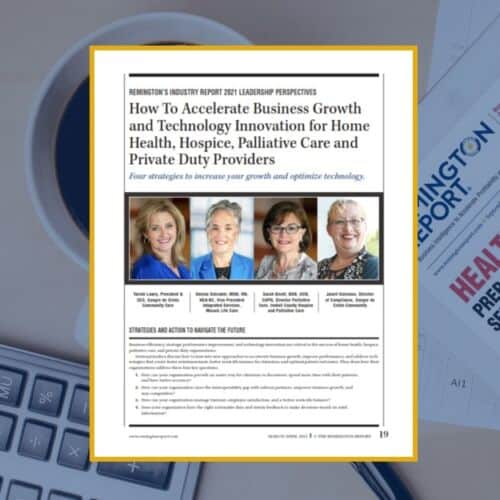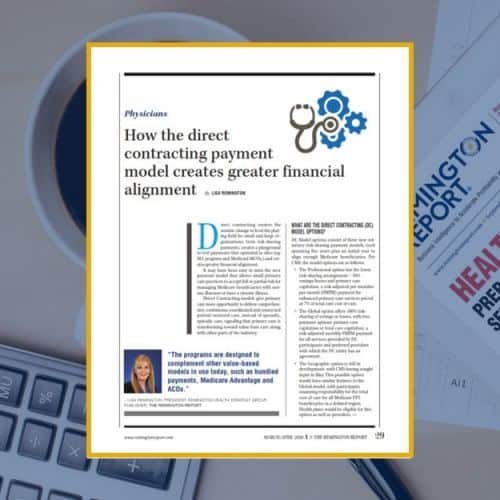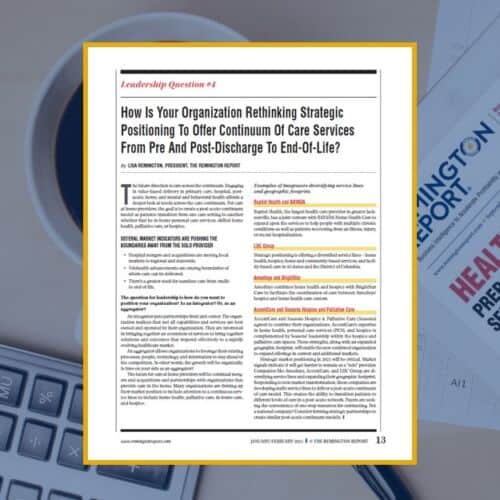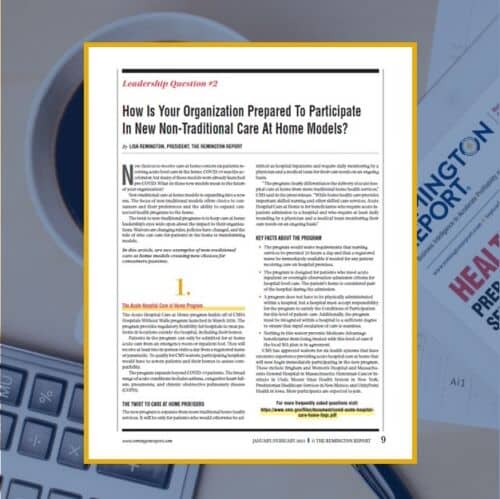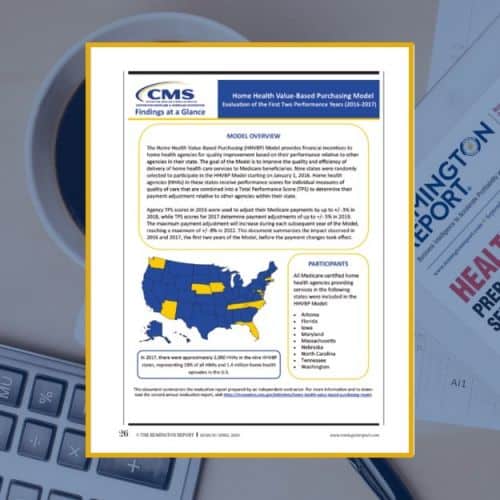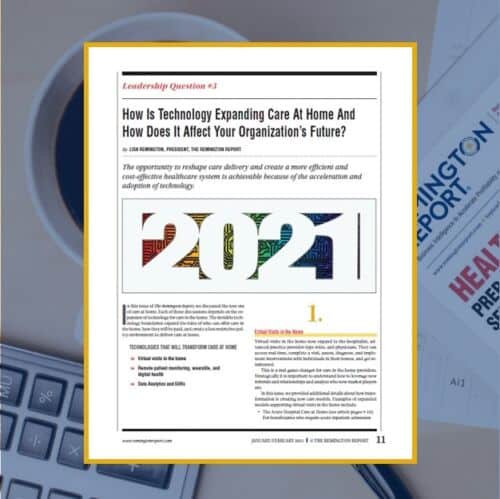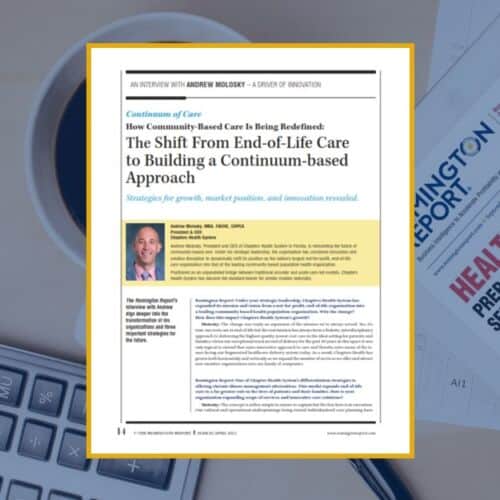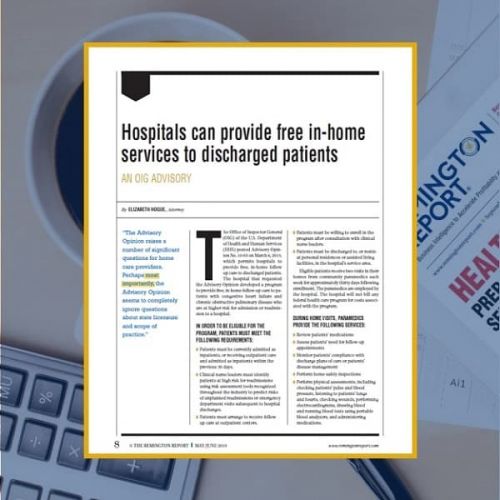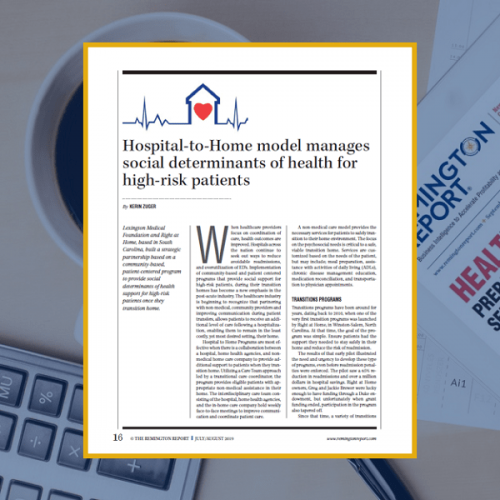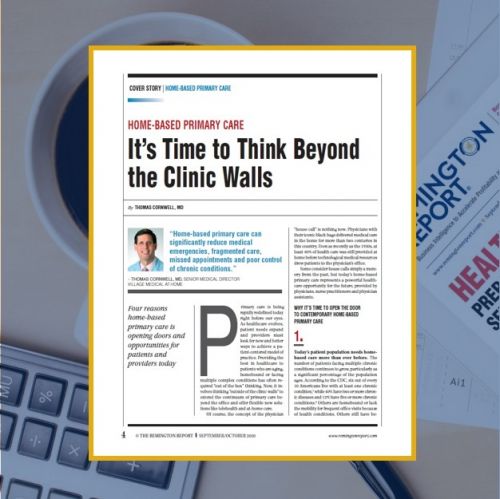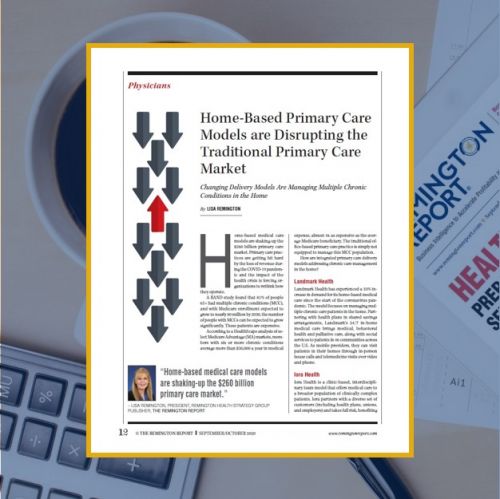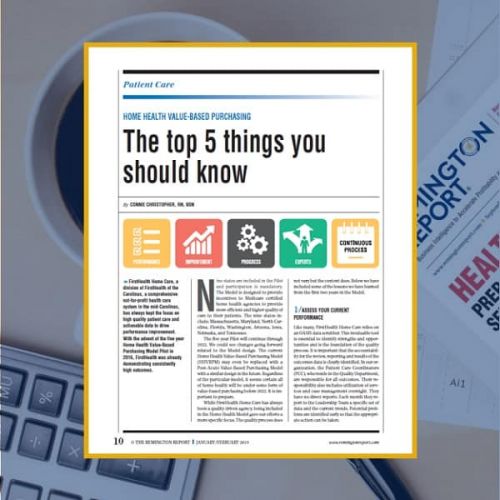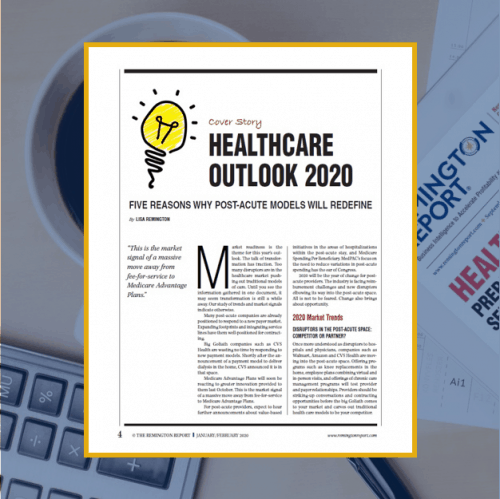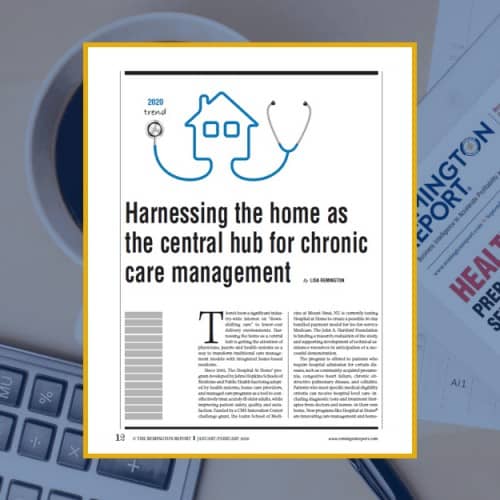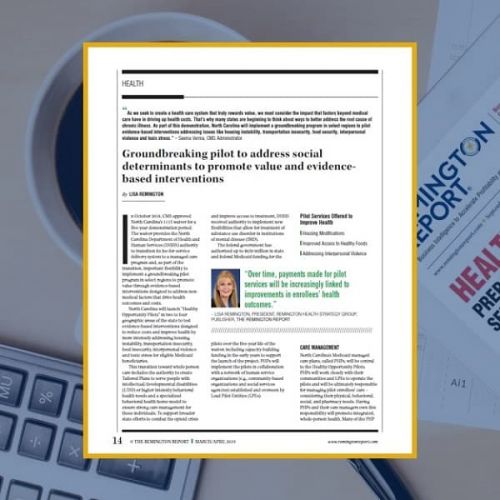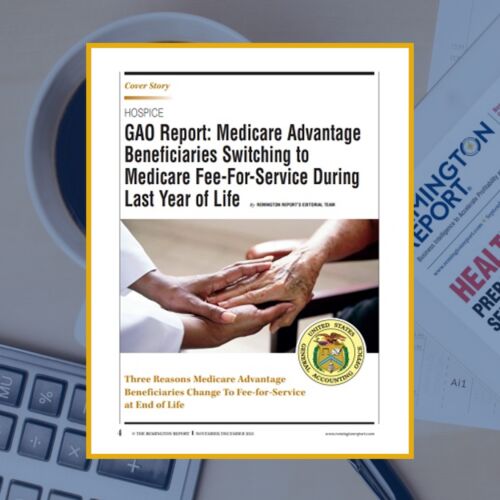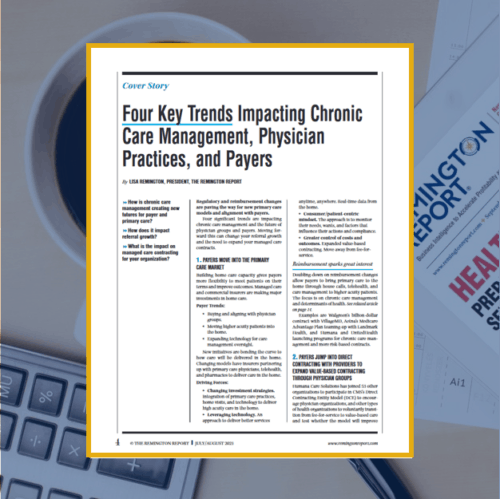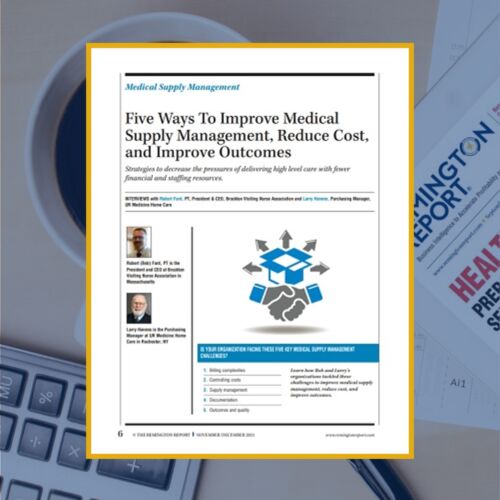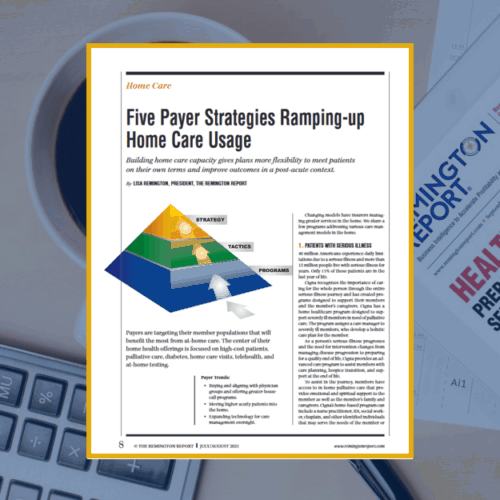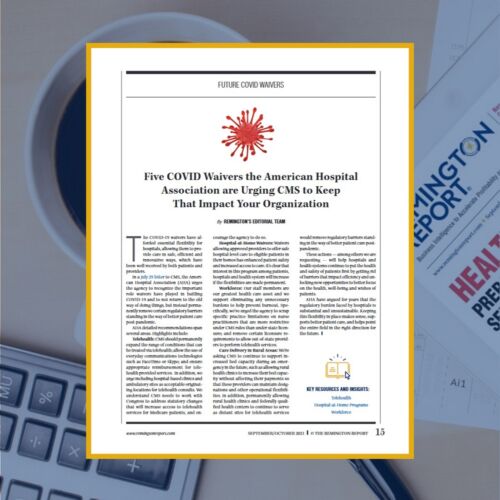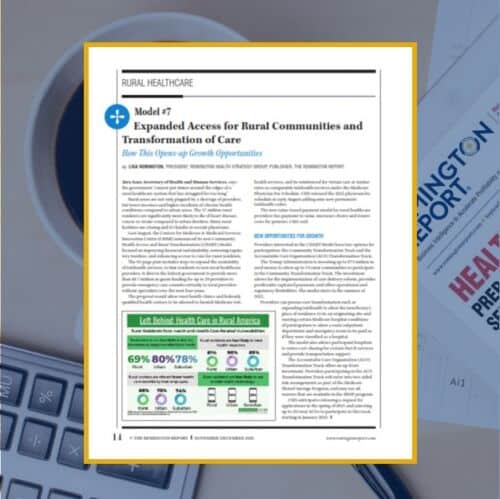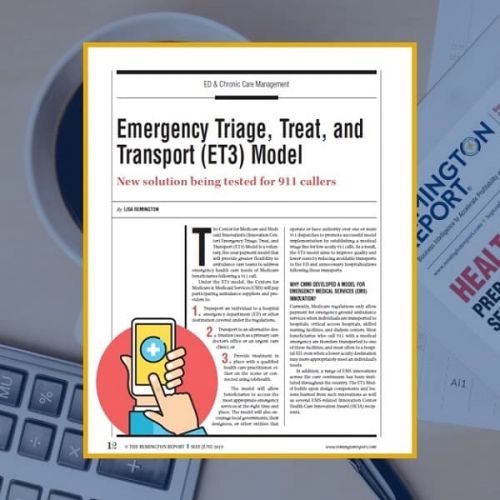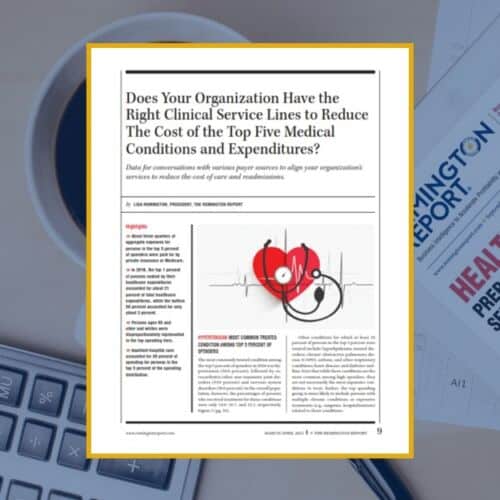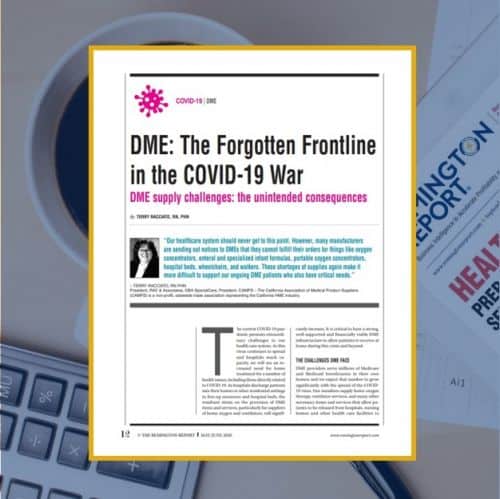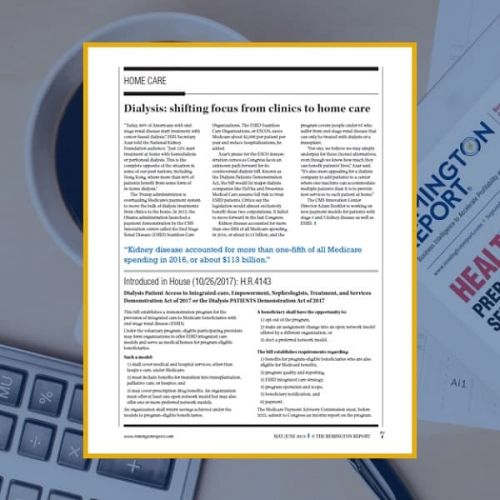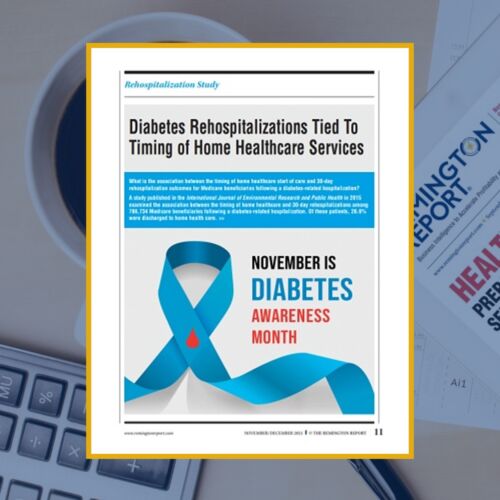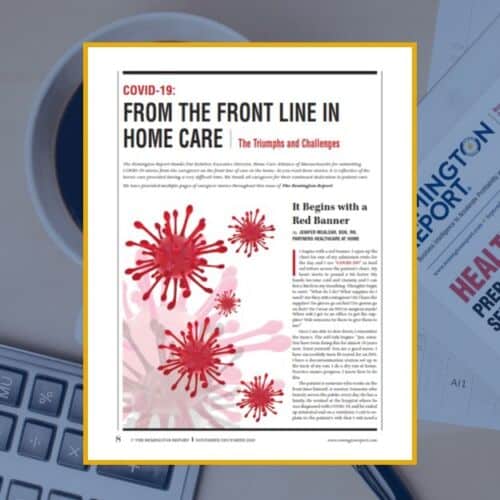Reducing readmissions stands as one of the most impactful value propositions your organization can offer to any referral source. This pivotal metric is carefully scrutinized by referral partners to foster collaborative partnerships.
This online Master Class will explore strategies for building relationships, crafting persuasive value propositions, and mastering the art of presenting compelling business cases to strengthen collaborations between home health, hospice, palliative care, private duty, and in-home care providers with your referral sources.
JUNE 6, 2024 - Live Virtual
(Can't attend live? The live recording will be available on demand.)
EARLY BIRD: $375 THROUGH MAY 30
REGISTRATION FEE AFTER MAY 30: $420
REGISTRATION ENDS: JUNE 4
Registration includes enrollment for up to 10 people. Must be enrolled to attend. Business email required for each enrollee.
This Master Class is delivered live online but will also be available afterward on demand, ensuring you can get valuable insights even if you cannot attend the live event. Don’t let your busy schedule hinder your access to valuable knowledge and skills.
Add Your Enrollees
Additional enrollees will be enabled upon completion of initial enrollee. Company email addresses required.
Think Tank programs are open only to provider organizations delivering patient care, including home health care, at-home care, hospice, palliative care, community-based organizations, hospitals, ACOs, managed care organizations, and physicians. Enrollees for the program must be full-time employees of the organization. If you are unsure whether your organization qualifies for Think Tank programs or your organization is a provider that also sells products, services or you are a consultant then contact us before enrolling. 

